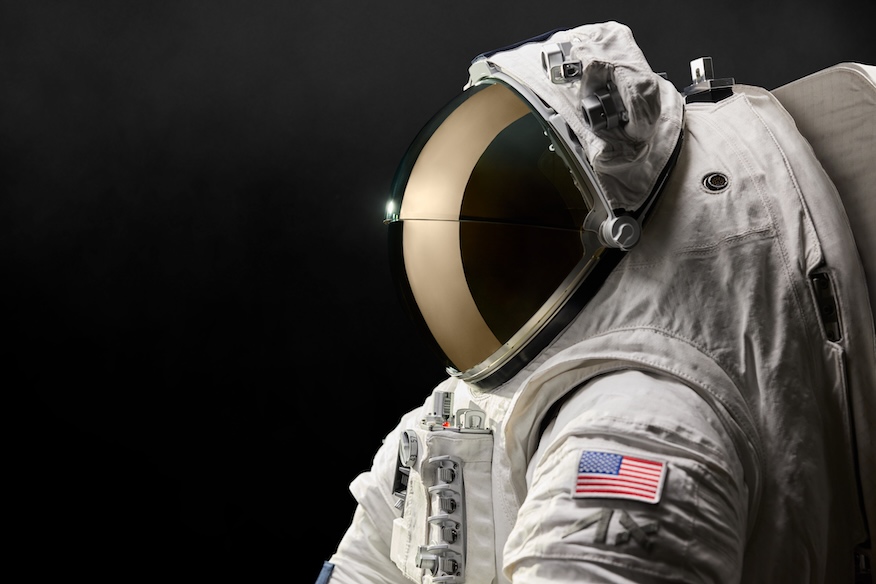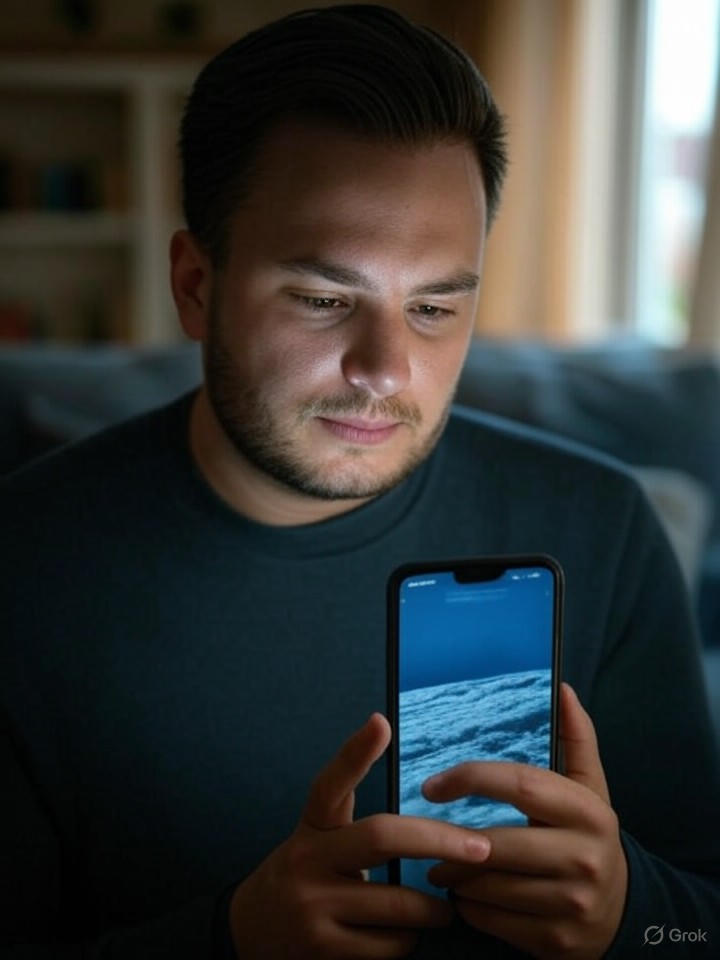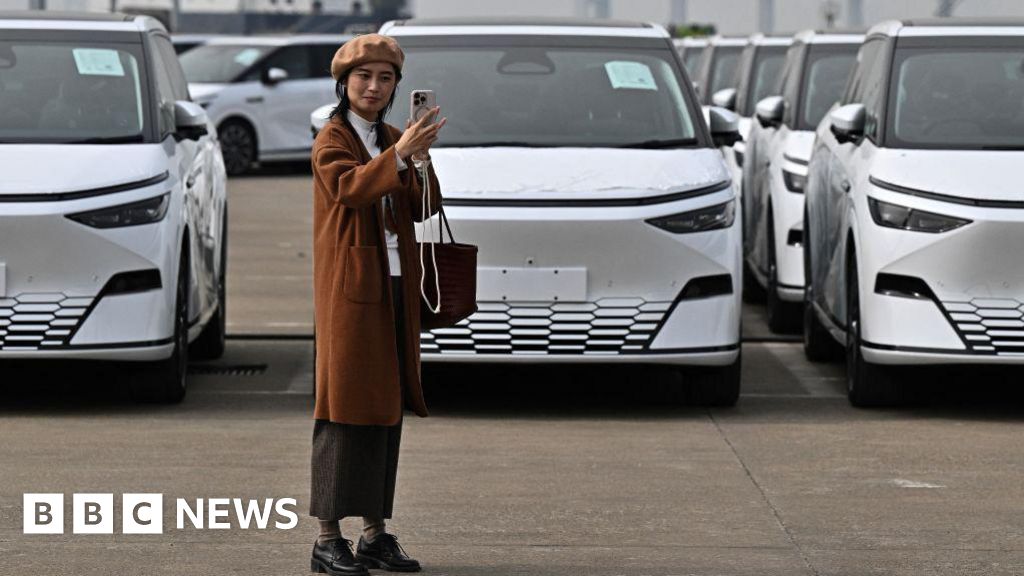Axiom Space and Oakley Collaborate on Innovative Lunar Visor

Axiom Space has announced a partnership with Oakley to develop a sophisticated visor system for its Axiom Extravehicular Mobility Unit (AxEMU) spacesuit, designed for the upcoming Artemis 3 mission. This collaboration marks a significant step in creating advanced equipment for lunar exploration, with the mission scheduled for launch in mid-2027.
The AxEMU is being crafted for astronauts who will explore the Moon’s South Pole, and Oakley’s involvement adds a unique dimension to the project. Celebrating its 50th anniversary, the California-based eyewear company is leveraging its expertise in optical systems to enhance astronaut performance during extravehicular activities (EVAs).
Innovative Visor Technology for Space Exploration
According to Russell Ralston, Executive Vice President of EVA at Axiom Space, the goal is to optimize the clarity and vision of astronauts while they conduct their missions. He highlighted Oakley’s proficiency in designing optical systems, stating, “This is something that Oakley is really skilled at.” The partnership aims to tackle the technical challenges associated with creating a visor that can withstand the harsh conditions of space.
The visor system will incorporate Oakley’s “next-gen High-Definition Optics (HDO),” which is already utilized in their sunglasses. Ryan Saylor, Senior Vice President of Advanced Product Development at Oakley, expressed excitement about the collaboration, noting, “Developing the AxEMU visor system alongside Axiom Space marks a historic milestone.”
Key features of the visor include a deployable, two-part visor for intense lighting conditions, and a secondary helmet bubble designed to protect against UV radiation and lunar dust. The visor will also be coated with 24-karat gold, which helps filter harmful sunlight more effectively than conventional materials. Ralston explained, “Gold has some natural properties that help filter out certain portions of sunlight that are relatively harmful.”
Testing and Development of the AxEMU Suit
Axiom Space was awarded a task order by NASA in September 2022, valued at $228.5 million, to develop the AxEMU suit. This contract included modifications for the suit to operate in low Earth orbit environments. In May 2023, Axiom Space took the AxEMU to NASA’s Johnson Space Center, where astronaut Koichi Wakata conducted tests in the Neutral Buoyancy Laboratory (NBL).
Michael López-Alegría, Lead Astronaut at Axiom Space, noted that ongoing testing is crucial to ensure the suit’s integrity. He stated, “We have to test out the procedures and how we go through the pressurization with a person inside instead of just a dummy.” The process of designing a new spacesuit is complex, especially since no new suit has been created in over 40 years.
With advancements in technology since the Apollo era, Axiom Space aims to enhance the capabilities of the AxEMU beyond what was previously possible. Ralston emphasized the importance of balancing historical knowledge with modern innovation, stating, “We do a fairly good job of balancing taking the value from the past and learning from it with the new innovation and creativity.”
Expanding the Aerospace Industry
The partnership with Oakley is part of Axiom Space’s strategy to engage non-traditional partners in the aerospace sector. López-Alegría remarked on the significance of involving companies like Oakley, saying, “It’s emblematic of what Axiom is trying to do, which is to bring in more non-space players into the space realm.” This approach not only fosters innovation but also helps bridge industries, bringing fresh expertise into space exploration.
As Axiom Space continues to develop the AxEMU, the collaboration with Oakley, along with other partners like Prada, highlights the company’s commitment to producing cutting-edge technology for future lunar missions. The integration of advanced optical systems into the AxEMU visor is expected to enhance the safety and effectiveness of astronauts as they navigate the challenges of conducting EVAs on the Moon.






